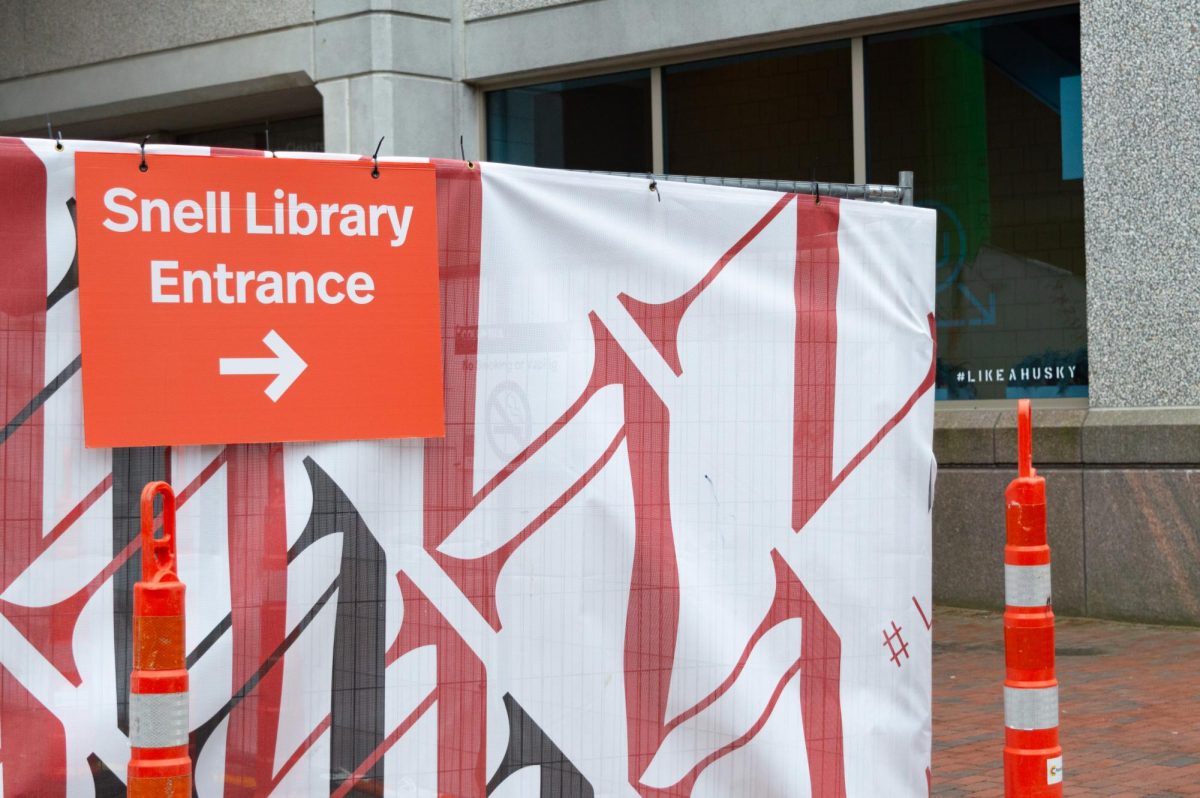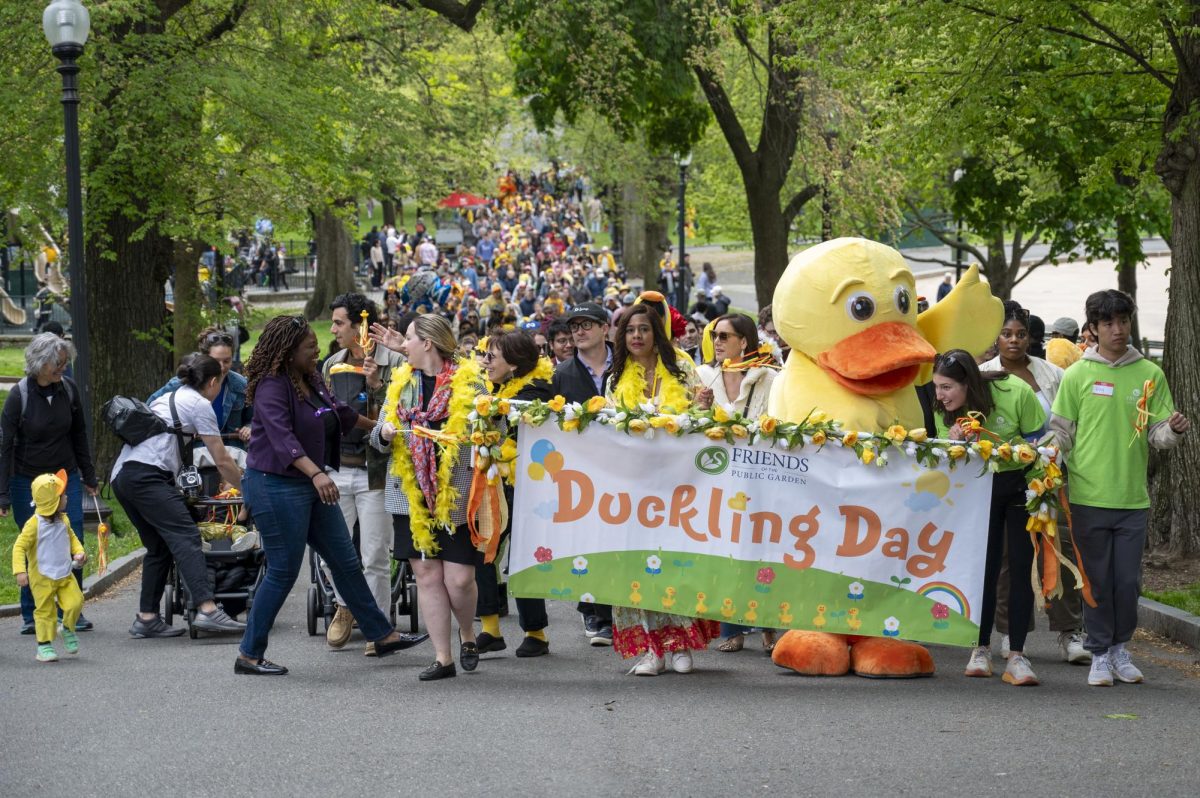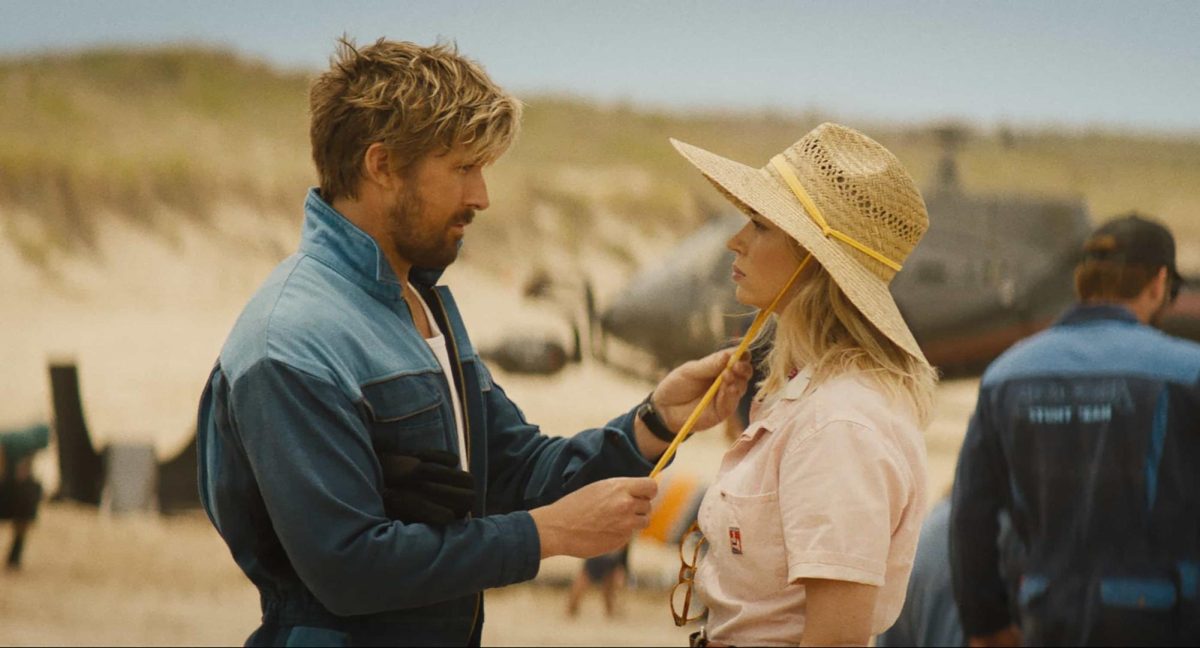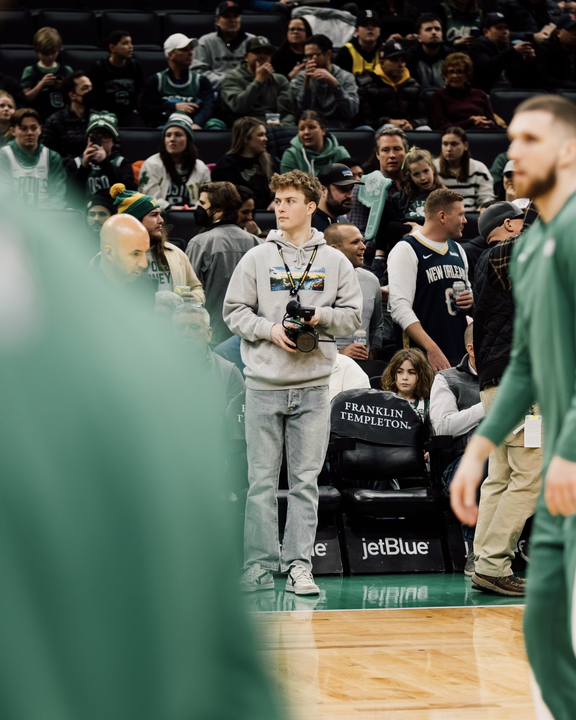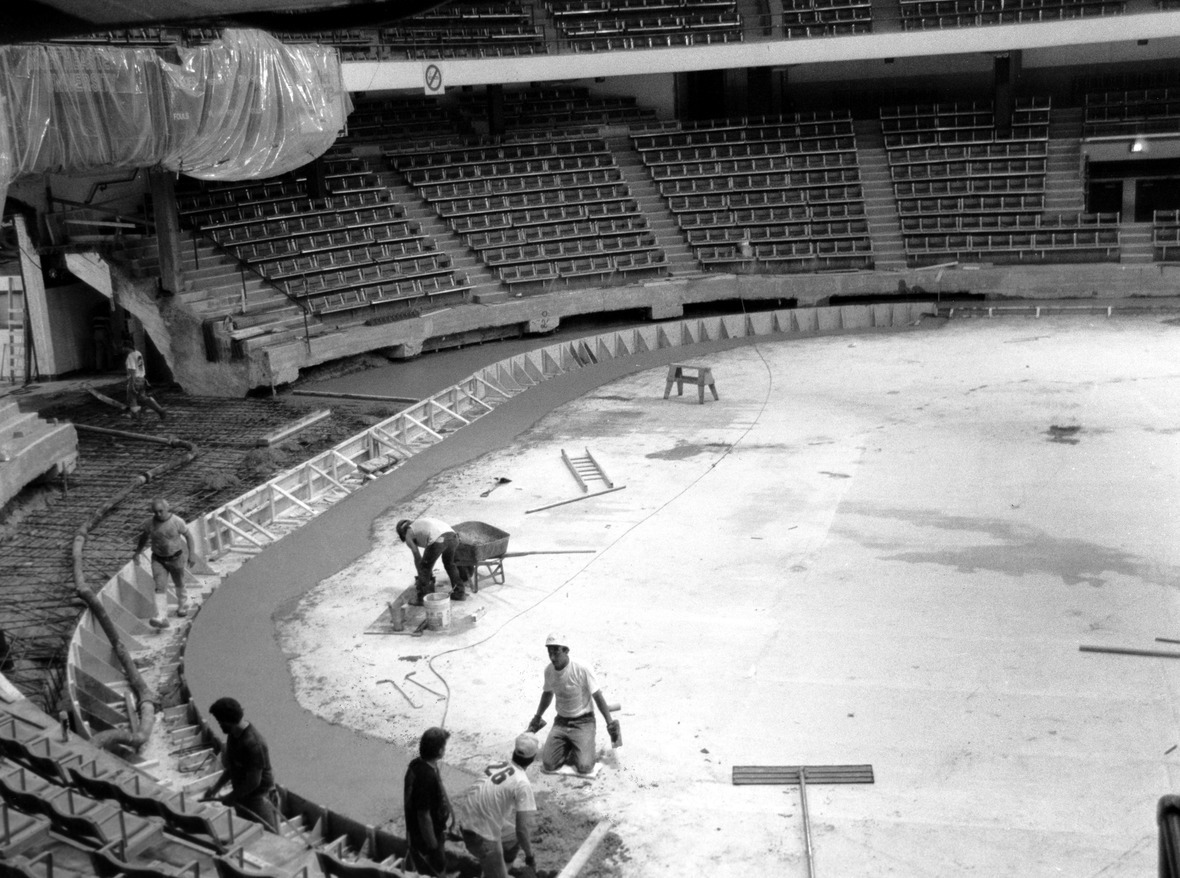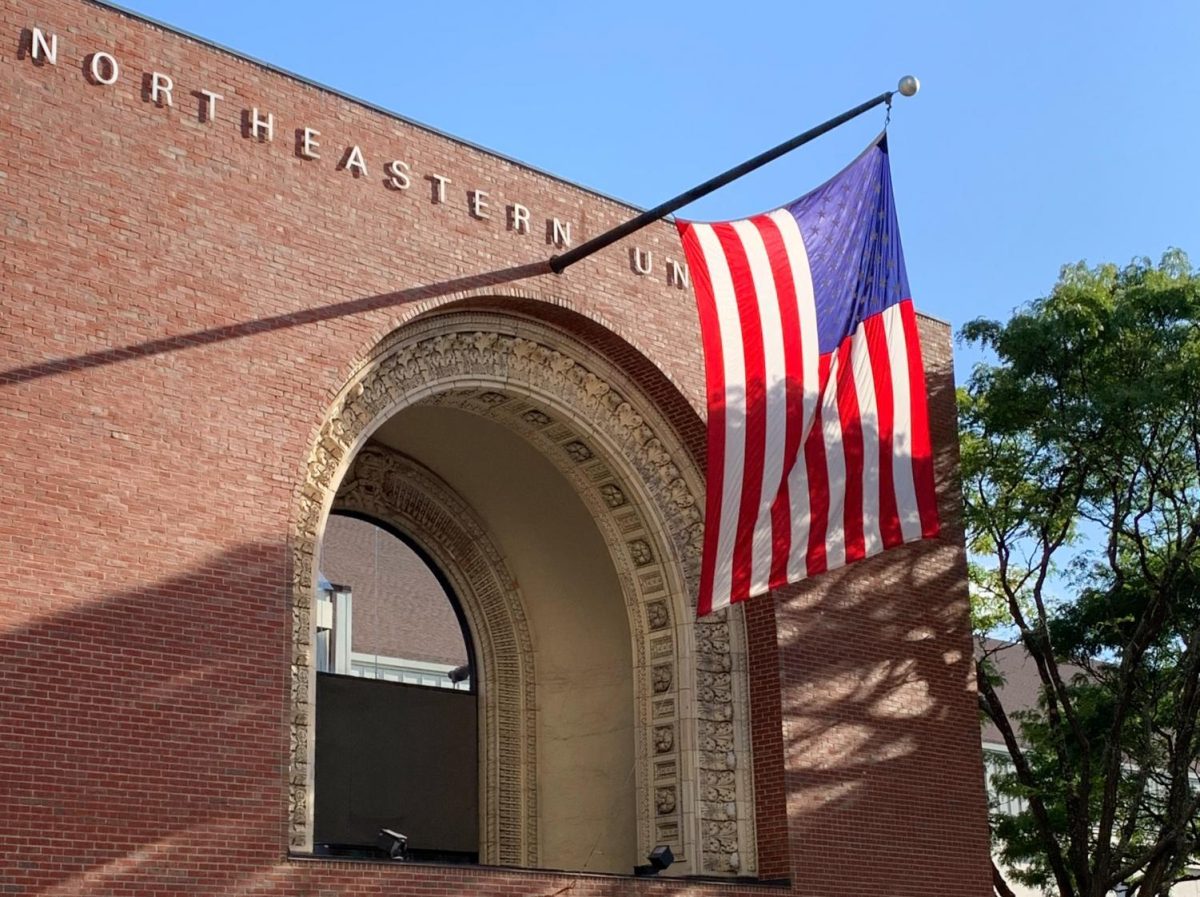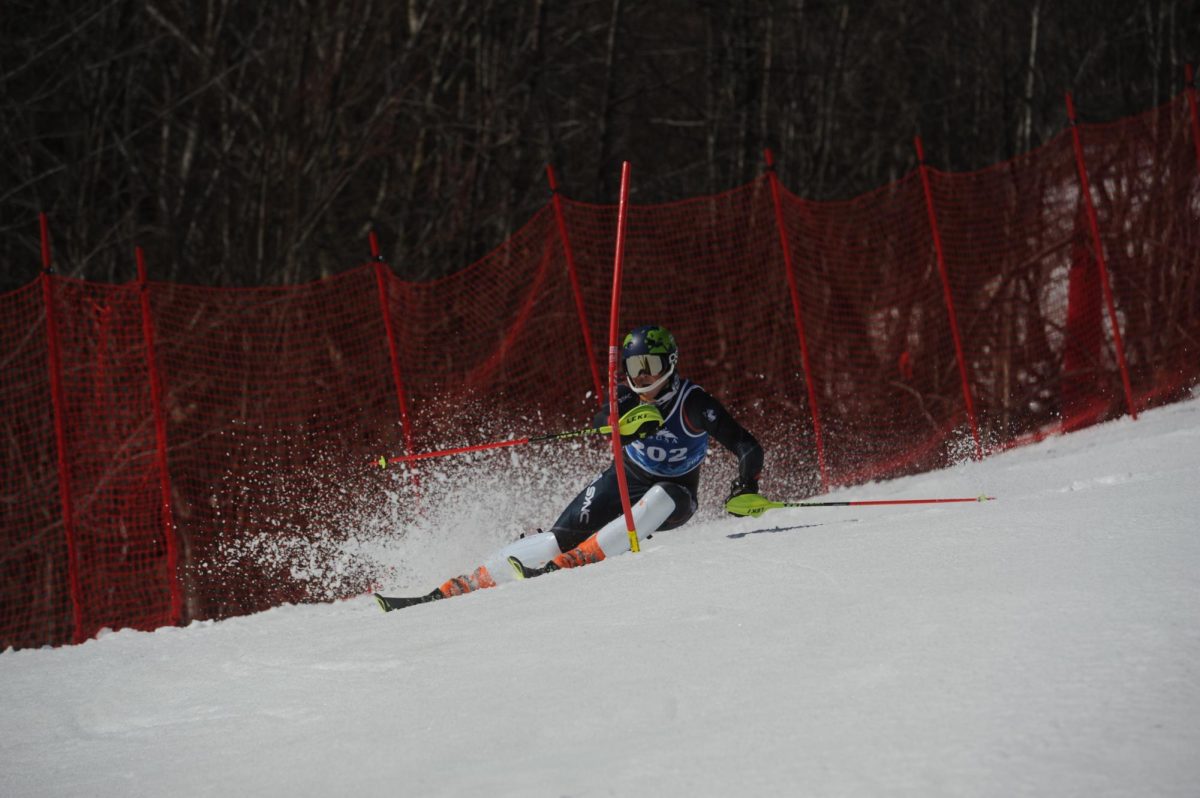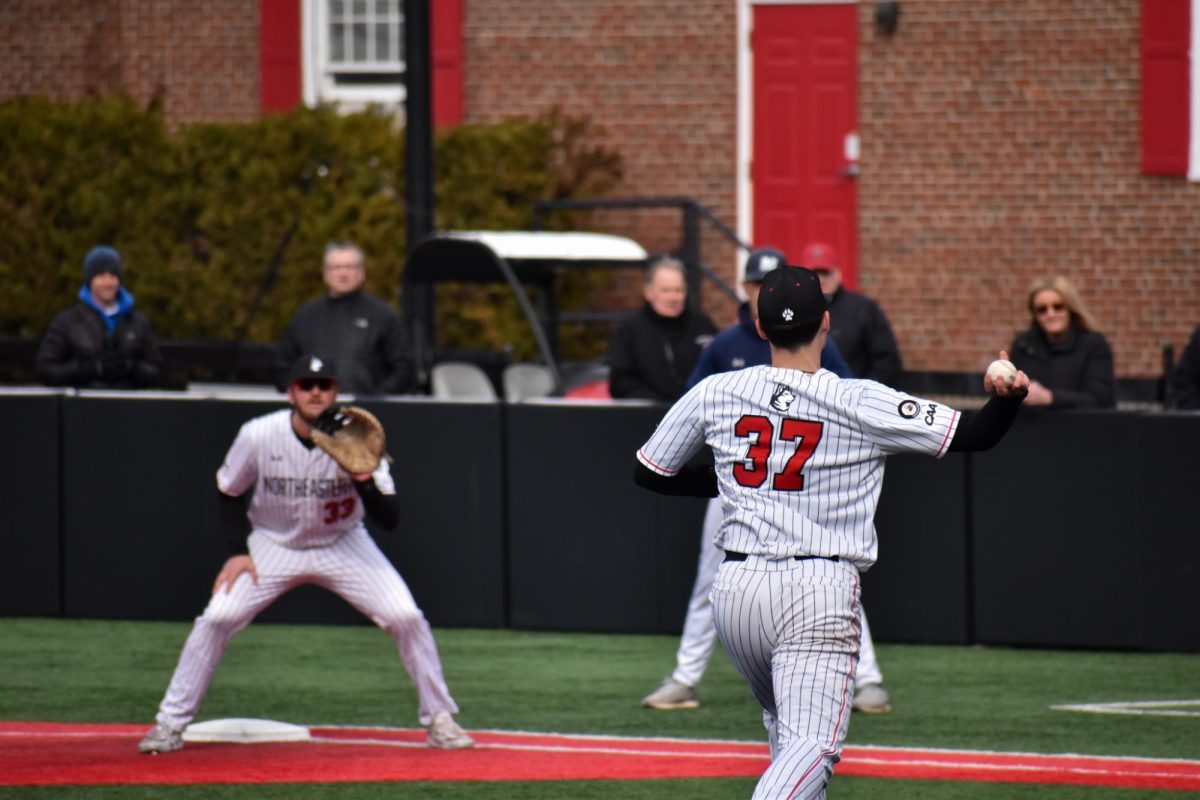
By: Jason Mastrodonato, News Staff
Nearly a year after Northeastern officials announced the end of the 74-year-old football program, other teams have begun to see financial benefits, Athletics Director Peter Roby said Monday.
Of the 60 scholarships Northeastern football players held, 20 have been distributed to other programs, though some of that money has been redirected to the general financial aid pool.
“All of our teams that have benefited from additional scholarships are thrilled,” Roby said. “They also wish it came with different circumstances.”
Roby said there is no chance the football team would be reinstated, at least in his tenure at NU.
“We would have never gone through that kind of painful process to think, ‘Oh, we can just bring it back in four years,’” Roby said. “I don’t think that’s appropriate. That wasn’t part of the plan when the decision was made and that’s not part of the plan today.”
And while the elimination of football may have added fear into players and coaches of other sports teams at Northeastern, Roby said no programs are in danger of being dismissed, and that the football team’s elimination was a unique situation.
“We didn’t feel like we could be fair to them in terms of getting them what they needed to be competitive on an ongoing basis,” he said of the football players. “That’s not the case with any of our other teams. They either have what they need, in terms of number of scholarships, or a facility that allows them to recruit at a very high level to be competitive.”
Roby first announced the decision to cut the football program in a statement Nov. 23, after the team completed its sixth consecutive losing season.
On Monday, sitting in his memorabilia-filled office, with a framed picture of Muhammad Ali leaning over a defeated opponent behind his desk, Roby said it wasn’t the estimated $3 million to $4 million in expenses that was too costly for the program to continue. It was the need for a new stadium, a project that would have run upward of $20 million.
“We don’t have a fiscal problem,” Roby said. “It was the facility … And it just didn’t make good sense for the university’s long-term health to do that.”
Before its demise, the football team played its home games at Parsons Field, a 7000-capacity stadium that rests in Brookline. But the 30-minute walk from the center of the Northeastern campus made attracting students to the games difficult.
“Can you be successful with an off-campus facility?” Roby said. “Yes, but it doesn’t make things easier. When a young man is being recruited and they understand that there’s a lot more logistical stuff that has to go on here than another place, and if the academics are equal, then they’re likely going to go somewhere where it’s easier for them to be a football player.”
Roby estimated school officials had been looking into moving the facility closer to campus for more than 60 years, but there was never a solution that made sense. Most options were too costly to purchase or didn’t allow for enough access to be worth renting.
But this year, Parsons contains a freshly-designed turf field, which Roby estimated cost $1 million. The new turf is also home to Northeastern’s soccer and baseball teams, as well as other club sports teams – the only football team that plays there now is from Brookline High School.
The money used to upgrade the fields had been put aside years ago in the university’s plan to ensure safety, Roby said. The old turf was at the end of its eight-to-nine year warranty.
Roby said the elimination of the football program wasn’t simply a profitable decision. Though scholarship money was saved, revenue from ticket sales, corporate sponsorships, and the NCAA was lost.
Of the 87 players on the squad at the time of the team’s dismissal, 24 of them decided to stay at Northeastern and finish out their degrees, 36 have transferred to other schools and 27 were seniors who completed graduation.
This is Northeastern’s first fall without football in 75 years, and Roby said there’s a different feel around campus.
“I think you can tell,” he said. “It’s palpable that you have less activity because you have what was the largest team, in terms of number of people, not here. So it’s definitely noticeable.”
And while Roby said he understands why many people around the community were angry and confused, he is optimistic that the athletics program burst with enthusiasm in the upcoming seasons.
“You don’t go into this line of work to try to make those kinds of decisions [to cut the program],” Roby said. “You don’t want to be taking someone’s dream away from them. When you make the decision like the discontinuation of a program, you are hopeful that it will be accepted in a way that people will continue to be supportive. We have good talented teams. And as I’ve said from the first time I was introduced as the athletic director here, Northeastern is a sleeping giant, and what I’m interested in is trying to wake it up. And we’re doing that now.”



